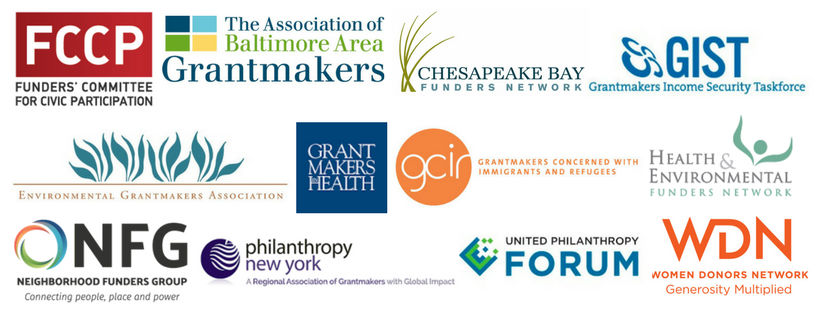
Rethinking Democracy Through Electoral Reform
Our current elections require systemic reforms to increase voter participation, counter racial and partisan gerrymandering, overcome zero-sum polarization, and advance a reflective and representative democracy. Ranked choice voting (RCV) and Fair Representation reforms, including when used in multi-winner districts, address these challenges and can help build a culture of participation and broad engagement that uplifts the power of diverse and marginalized communities to make a difference on issues that impact their lives.
With RCV already implemented in dozens of cities, and new RCV and Fair Representation being pushed at more local and state levels, this session will explore the current landscape of these reforms, highlight benefits seen from them, and show how funders have promoted and can continue to promote these.
Find the recording here (Members Only)
Moderated by:
- Larry Ottinger, Director, Maryland Leads Education Fund
Presented by:
- George Cheung, Program Director, More Equitable Democracy
- Council Member Phillipe Cunningham, Council Member, 4th Ward, Minneapolis
- Anita Earls, Founder of Southern Coalition for Social Justice
- Jennifer Pae, Director, FairVote California
Full Notes and Additional Resources Here
Key Takeaways:
What is Ranked Choice Voting (RCV)?
- RCV is an electoral system that allows voters to rank their candidates in order of preference. If their favorite candidate doesn’t win, their vote counts for their next candidate until someone has a required majority (which depends on the number of members that can be elected)
Why does RCV matter?
- Creative fix to systemic issues in our two-party, winner take all system (especially when used in conjunction with other reforms such as Automatic Voter Registration and Campaign Finance Reform)
- I.e. fixing racial and partisan gerrymandering, increasing voter participation, and advancing the voice of marginalized communities
- RCV is already used in several states (Maine is the first state to implement statewide but several municipalities have implemented for local elections) and this is a crucial time to continue building on this momentum.
Example of Benefits From RCV:
- Avoiding vote splitting/spoiler effect, running faster and less expensive elections due to not needing runoffs, increasing voter turnout, and increasing engagement with candidates
- Increasing diversity of our candidates and elected officials
- There is a direct correlation with the electoral systems we use and the type of representation we get, which leads to the type of policy we see implemented
- Racial and partisan gerrymandering
- Traditional tools to fight gerrymandering face a lot of shortcomings and can be very difficult to use
- Using RCV is a mega-solution for gerrymandering, especially at the local level because RCV allows more fair at-large elections to be held. For larger elections that need districts, you can lesson that number of districts and reduce the risk of abuse
What can funders do to support these efforts? Three main stages to support:
- Raising awareness about these reforms
- Early public education, researching and coordinating messaging, building a coalition, and building critical mass (Piper Fund in OR is a great example of work done in this stage)
- Actual advocacy
- Supporting the efforts to pass RCV through legislation, citizen referendums, etc.
- Implementation
- What happens if an area doesn’t have the voting machines or technology needed to implement RCV?
- Santa Fe, NM passed RCV about 10 years ago but just recently implemented due to not having the technology necessary then (Thornburg Foundation was great in seeing the fight in Santa Fe through to the end using several tools and strategies)